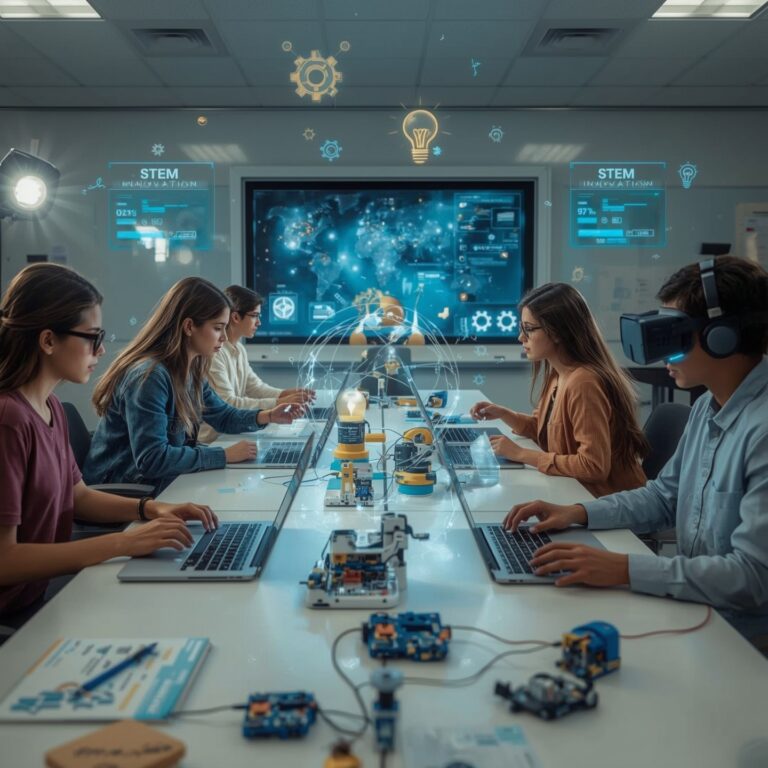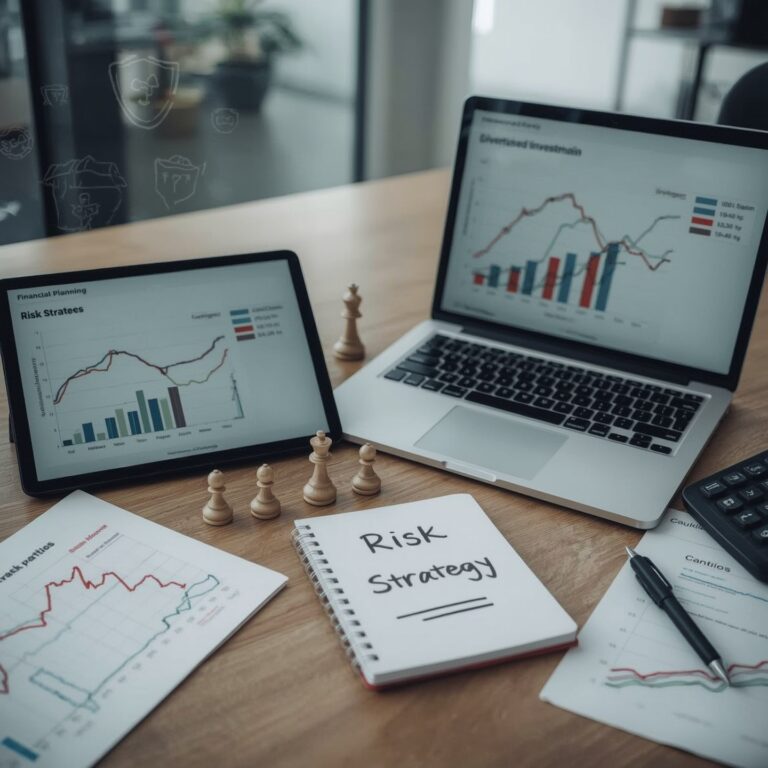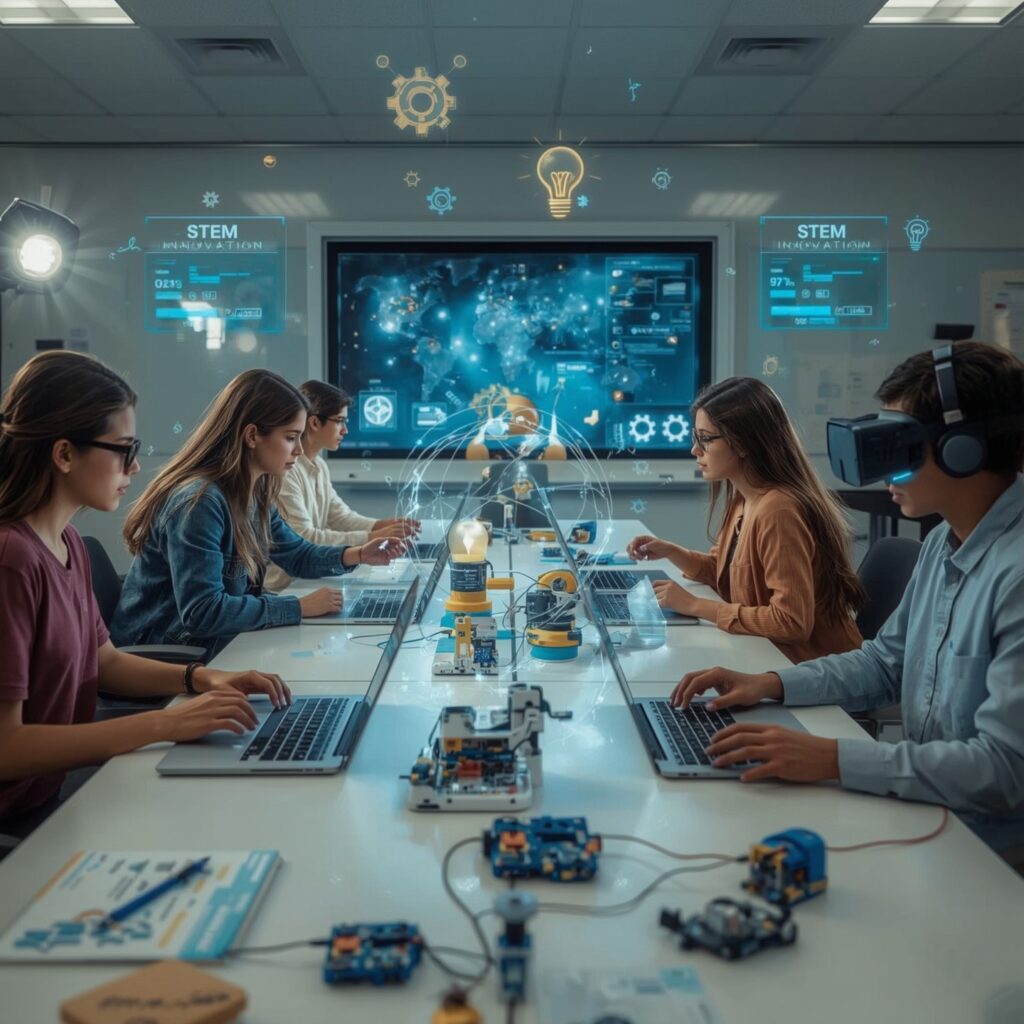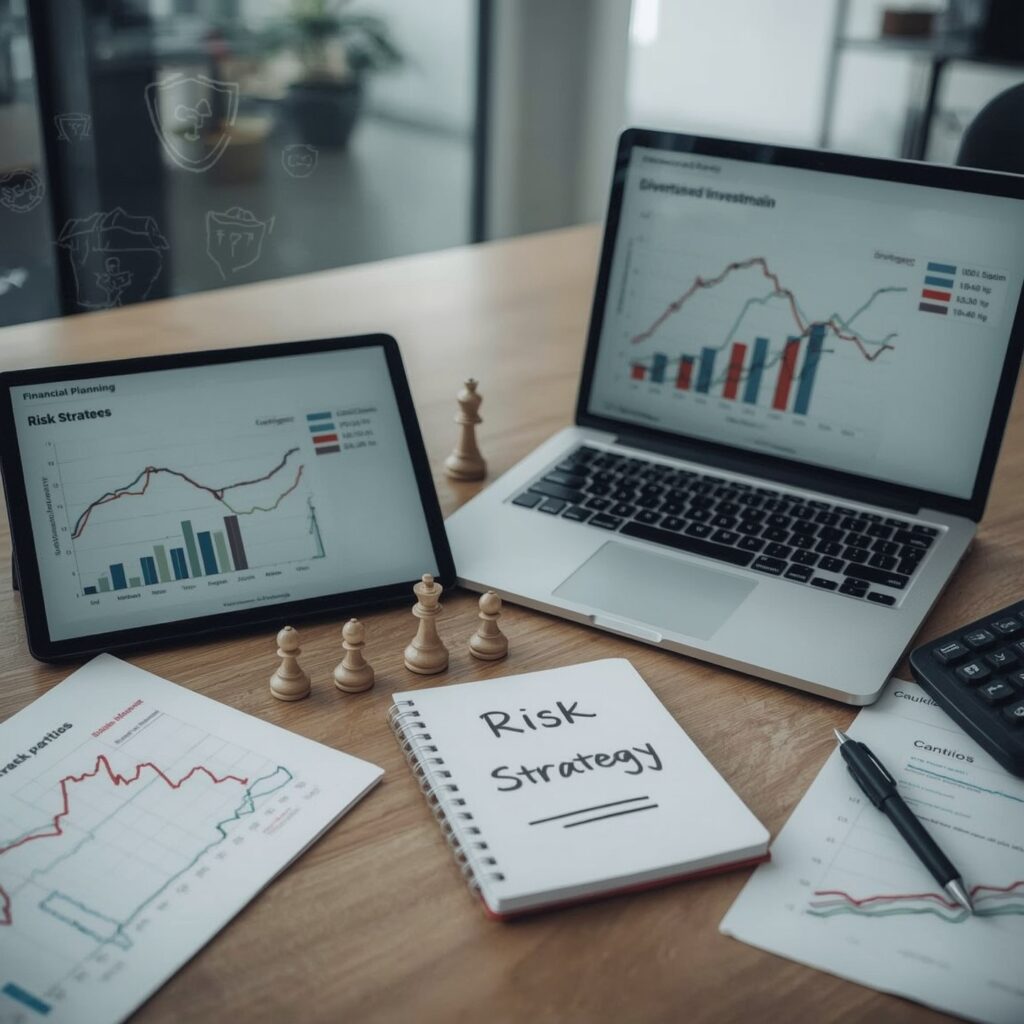Understanding the Rise of the Metaverse
The metaverse is more than just a buzzword—it marks a major shift in how we interact with the digital world. So, what exactly is the metaverse, and how does it work? In simple terms, it’s a network of immersive virtual environments, where users—through customizable avatars—can socialize, work, play, and even shop in persistent 3D spaces. These digital worlds are powered by a blend of virtual reality (VR), augmented reality (AR), and blockchain technology.
As a digital innovation consultant with firsthand experience guiding VR and AR projects, I’ve watched early-stage concepts grow into full-blown interactive spaces. From virtual concerts and meetings to digital storefronts and gaming arenas, the metaverse is quickly becoming a reimagined version of the internet—one that’s immersive, social, and decentralized.
The Core Components of the Metaverse
At its core, the metaverse is made possible by a powerful blend of advanced technologies working together to create immersive, interactive virtual worlds.
-
Avatars act as digital versions of ourselves, allowing users to explore, interact, and express their identity across different environments.
-
Virtual worlds are persistent spaces—meaning they continue to exist and evolve even when you’re not logged in—where people can socialize, build, play, or do business.
-
The economic layer of the metaverse runs on blockchain technology, using cryptocurrencies and NFTs to enable ownership, secure transactions, and digital trade.
-
Behind the scenes, AI, cloud computing, 5G/edge networks, and interoperability standards keep everything running smoothly, connecting users across platforms in real time and enabling seamless transitions between experiences.
As someone who has professionally developed digital spaces, I’ve seen firsthand how these technologies come together to answer the big question: what is the metaverse and how does it work? The result is a blend of immersive tech and practical functionality—turning futuristic ideas into real-world digital experiences.
How Does the Metaverse Work from a User’s Perspective
Users typically begin with an avatar, joining virtual environments to socialize, work, play, or shop. Persistence is key—actions and transactions persist even when users log off WIRED+9UMA Technology+9Investopedia+9.
Transactions occur using crypto or NFTs, granting verifiable ownership over items, real estate, or clothing Techopediaboffinbrains.com.
AI enhances interaction by powering non-player characters and real-time speech translation via NLP technologies vpnMentor. Through my fieldwork building metaverse prototypes, I’ve watched users enter virtual spaces prepared with stable network support and seamless avatar mobility, fully grasping how it works in practice.
What It Means — Economic & Social Impacts
The metaverse is more than tech—it opens new social and economic pathways. Virtual commerce, tokenized assets, and brand experiences like Decentraland or The Sandbox show how digital land, avatars, and fashion become tradable assets WIRED+1WIRED+1reddit.com+1Techopedia+1.
Robust digital economies enable creators to monetize work, and companies to build immersive events and virtual showrooms reddit.comboffinbrains.com. As a strategic advisor to Web3 startups, I’ve observed how platforms experiment with monetizing user creativity, reshaping value in both virtual and real economies.
Challenges & the Path Forward
Adoption isn’t without hurdles. Widespread use is slowed by hardware limits, user reluctance to wear headsets, and immature standards WIRED. Privacy, security, and corporate control risk traditional digital rights being overridden in closed ecosystems nypost.com.
Experts argue for an open metaverse—driven by decentralized, standards-based protocols and interoperability—so users retain data and identity control nypost.com. I counsel business and tech leaders to prioritize inclusivity, user rights, and open governance, ensuring the metaverse evolves ethically and sustainably.
Why It Matters — Toward a Shared Digital Future
The rise of the metaverse isn’t a tech fad—it’s a new social frontier. As VR/AR headsets, NFTs, and virtual economies evolve, this virtual universe may influence daily life—from work, entertainment, to identity.
Seeing clients test corporate virtual meeting rooms, immersive education platforms, and live events taught me: building this future requires intentional design, privacy safeguards, and user-centered systems that answer the question: what the metaverse means for us all. By weaving together technology, creativity, and governance, the metaverse charts a course toward a more interconnected, expressive, and decentralized digital future.














